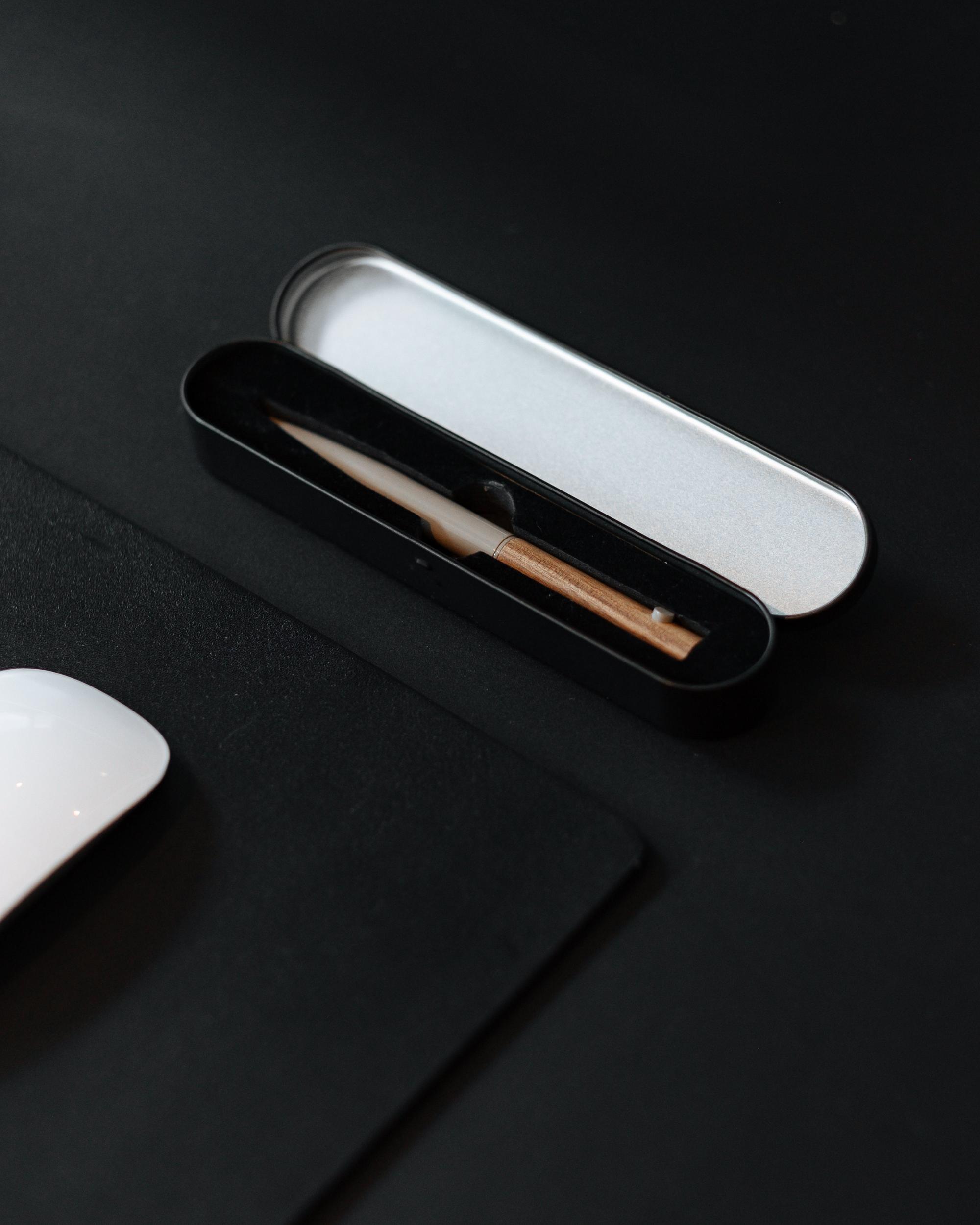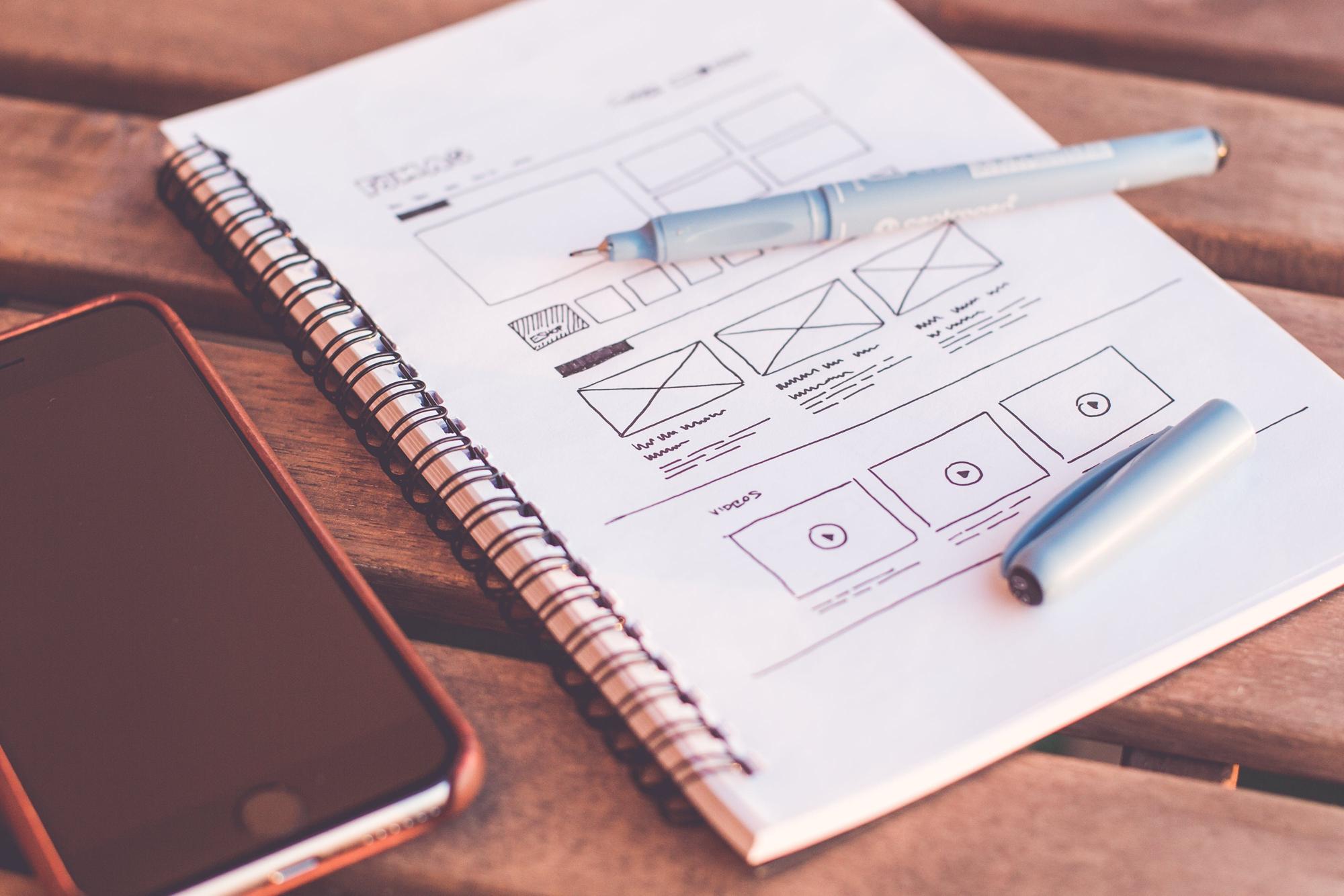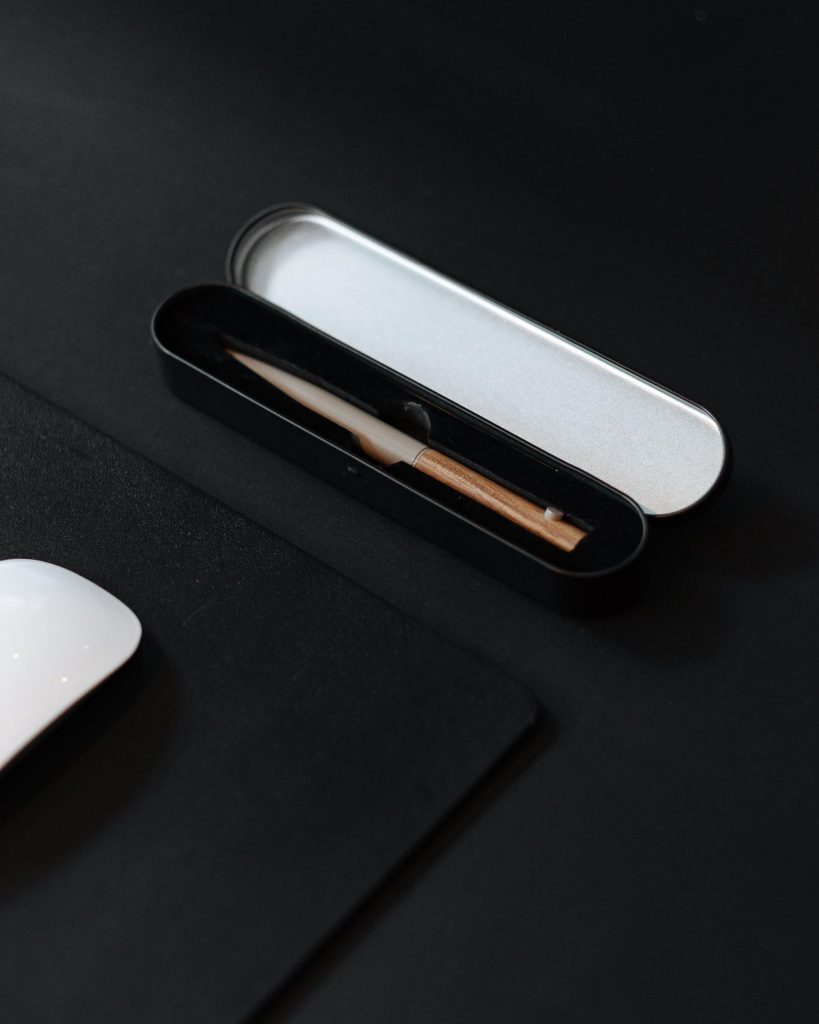Welcome to our latest exploration into the world of digital design excellence. In this blog post, we’ll delve into a case study of successful UI design that stands as a testament to the power of user-centric creativity and innovation.
As we dissect the strategies and methodologies that led to this triumph in user interface design, we invite you to join us on a journey through the meticulous planning, intuitive understanding of user needs, and the seamless execution that culminated in a UI that is not only visually stunning but also functionally superior. Prepare to be inspired by the transformative potential of exceptional UI design.
Analyzing the elements of a successful ui design: a case study overview

Section Title: Analyzing the Elements of a Successful UI Design: A Case Study OverviewIn the ever-evolving landscape of digital design, the line between a merely functional user interface (UI) and an outstanding one can be as fine as it is crucial. The alchemy of successful UI design is not serendipitous but the result of meticulous crafting. It necessitates a deep understanding of both the users and the elements that coalesce to form a seamless, intuitive experience.
This examination walks you through a case study that not only reached the pinnacle of UI excellence but also serves as a beacon for designers aiming to leave a mark in the digital canvas. This case study delves into a UI that has been heralded for its blend of aesthetics, usability, and innovation.
Take, for example, a prominent mobile app that transformed the e-commerce industry with its enchanting UI design: the ease with which users can swipe through a gallery of products, the subtle animations that respond to a user’s touch, and the clever placement of call-to-action buttons that seem to predict user intentions. These elements did not appear out of thin air—they were the fruits of a meticulous design process involving prototyping, testing, and refining every aspect of the user’s journey. Beyond the surface elements like typography and color palettes, this case study also unveils the underlying architecture that supports the dazzling UI; the logical progression through tasks, the judicious use of spacing to guide attention, and the responsiveness that adapts to various devices and screen sizes.
Critical acclaim and user accolades suggest the UI’s success—a success that translated into increased user engagement and commercial triumph. It wasn’t just about looking good; it was about creating an environment where users felt empowered and at ease, illustrating that exceptional UI design is both an art and a science.
Through analyzing this case study, designers and enthusiasts alike gain invaluable insights into the anatomy of a UI that doesn’t just function—it flourishes.
The role of user feedback and testing in refining ui design

The Role of User Feedback and Testing in Refining UI DesignWhen it comes to crafting seamless and intuitive user interfaces (UI), the devil is in the details—and these details are often illuminated by the insights gleaned from user feedback and rigorous testing. No case study on successful UI design is complete without acknowledging the crucial role these factors play. At the heart of any standout UI design lies a profound understanding of the user’s needs, expectations, and pain points, which can only be achieved through a methodical feedback loop and testing regimen.
Take, for instance, the lauded redesign of a well-known productivity application. The original design, though functional, sparked user frustration due to its cluttered layout and convoluted navigation.
It wasn’t until the design team implemented a structured user testing protocol, incorporating a diverse user group, that the real issues came to light. From meticulously documented usability sessions, surveys, and A/B tests, a pattern of dissatisfaction emerged, giving designers specific targets upon which to focus their efforts. The subsequent iterations of the UI design incorporated these findings, leading to a more streamlined and user-friendly interface.
After a series of refinements, the application observed a significant uptick in user engagement and satisfaction, exemplifying the potency of well-harnessed user feedback. But the journey doesn’t end with gathering input; discerning which feedback to act upon is just as critical.
Consider another scenario where a pioneering e-commerce platform sought to overhaul its UI. Based on early feedback, the team noted a trend—customers found the search functionality to be cumbersome and unintuitive.
Delving deeper via focus groups and heat map analytics, designers were able to pinpoint the inconvenient placement of search filters and the overwhelming number of options provided. The resulting redesign introduced a more prominent and simplified search interface, alongside predictive text and an easily accessible filter menu. By responding selectively to user feedback and experimenting with various solutions, the design team struck a balance that resonated with their audience, ultimately driving greater conversion rates and establishing a competitive edge in the market.
Thus, through these examples, we see that user feedback and testing are not simply checkpoints in the UI design process; they are the very compass by which truly user-centric design solutions are navigated. It’s in the synthesis of user feedback, testing data, and designer intuition that the alchemy of successful UI design occurs—turning digital interfaces into goldmines of user satisfaction and business success.
Impact of a well-designed ui on business outcomes and user engagement

Section Title: Impact of a Well-Designed UI on Business Outcomes and User EngagementIn the digital frontier, a well-designed user interface (UI) can be the catalyst to a company’s success. An intuitive and aesthetically pleasing UI is much like a firm handshake in the physical world – it sets the initial tone and can form the basis of a lasting relationship. Companies that invest in polished UI designs often reap substantial benefits in terms of business outcomes and user engagement.
Engrossing case studies of successful UI design further elucidate this narrative, revealing a direct correlation between a tailored UI and the flourishing metrics that follow. Let’s dive into the anatomy of a successful UI design through a case study lens.
Consider, for instance, a popular project management tool that catapulted to stardom following a radical UI overhaul. Pre-transformation, users grappled with clunky navigation and a labyrinthine interface that required a map to traverse. Post-makeover, the tool boasted a sleek design with an emphasis on user journey simplification.
The result? A dramatic uptick in user engagement and retention, securing the company’s position as an industry heavy-hitter.
The glowing metrics spoke volumes: conversion rates skyrocketed, customer satisfaction soared, and importantly, revenues followed suit, underscoring the profound impact that a well-crafted UI can have on a business’s bottom line. Moreover, a user-centered UI design doesn’t only cast a spell on direct business outcomes but also kindles the flames of brand advocacy.
A case study from the financial tech sector demonstrates how a neobank revolutionized their user interface to provide personalized experiences. Their investment paid off handsomely, spurring users to rave about the platform on social media and through word-of-mouth, thereby amplifying the brand’s reach. As the user base grew, so did transaction volumes and, consequently, the neobank’s market valuation.
The UI served as both the gateway and the continuous touchpoint for customers, essentially becoming a conduit for user satisfaction and business growth. The stories stitched into these case studies provide actionable insights into the symbiotic relationship between a well-designed UI and a company’s overall performance. They stand as testaments to the power of thoughtful design, encouraging businesses to harness its potential not as an afterthought but as a cornerstone strategy. In the realm of user interfaces, beauty is more than skin deep – it’s a potent tool that, when leveraged adroitly, can elevate a business to new echelons of user engagement and fiscal success.
Lessons learned and best practices from the case study for future ui design projects
### Lessons Learned and Best Practices from the Case Study for Future UI Design ProjectsIn the vast and ever-evolving realm of user interface design, the importance of case studies cannot be overstated. A closer look at a recent case study of a successful UI design reveals a treasure trove of insights that can illuminate the path for future projects.
This case study serves not only as a testament to what can be achieved with a keen eye for detail and a user-centric approach but also as a guidebook laden with crucial best practices. One of the standout lessons from this case study is the significance of understanding user needs. The project in question began with meticulous user research, which paved the way for intuitive design choices that resonated strongly with the target audience.
Engaging with users early on and incorporating their feedback into iterative designs ensured that the final UI was not just visually appealing, but incredibly functional and user-friendly. This highlights the fact that a successful UI is built on the foundation of empathy, whereby designers truly listen to and understand their users.
Furthermore, the case study underlines the crucial role of prototyping and testing. The successful UI design wasn’t a first-draft wonder; it was the product of continuous refinements. By embracing a trial and error approach, designers could gauge the effectiveness of various elements in real-time, quickly discarding what didn’t work and elevating what did.
This iterative process, backed by A/B testing and heat mapping, brought to light which features encouraged user engagement and which ones hindered the user experience. This iterative design process is ingrained in the fabric of best practices, as it eliminates guesswork and places data-driven decision-making at the forefront.
Another impactful take-home from the case study is the value of simplicity and consistency. The case study displayed a UI that championed a clean, minimalist design which not only improved usability but also established a strong brand identity. The consistent use of color palettes, typography, and design elements across all platforms created a seamless experience for users, building trust and familiarity.
This showcases how a reductionist approach to UI design—removing unnecessary noise and focusing on core functionality—can lead to highly efficient user interactions and a memorable brand presence. All in all, the case study serves as a shining exemplar for future UI design endeavors. It imparts the wisdom of placing the user at the heart of the design process, the power of prototyping and user testing, and the profound impact of simplicity and consistency. These best practices are not just theories but proven strategies that, when applied, can lead to the creation of UI designs that are both user-centric and commercially successful.
Nasza rekomendacja video
Summation
In this case study, we explored the elements that contributed to a successful UI design, highlighting the importance of user-centric approaches, intuitive navigation, and aesthetic consistency. By analyzing the process and outcomes, we revealed key insights into effective design strategies that not only meet user needs but also enhance overall user satisfaction and engagement.
FAQ
How did user feedback influence the iterative design process in the case study of a successful UI design?
In the case study of a successful UI design, user feedback played a critical role in the iterative design process by providing direct insights into user needs and preferences. Designers used this feedback to refine and adjust the user interface, enhancing usability and ensuring the final product resonated well with the target audience. This iterative cycle of prototyping, testing, and revising, informed by user input, ultimately led to a more intuitive and effective design.
What were the key design principles implemented in the UI case study that led to its success?
The key design principles in the UI case study that contributed to its success included a focus on user-centric design, ensuring that the interface was intuitive and easy to navigate. The designers also implemented a consistent visual language throughout the application to provide a cohesive user experience. Additionally, they prioritized accessibility and responsiveness, making sure the UI was adaptable to various devices and accessible to users with different abilities.
How did the UI design in the case study cater to the needs of different user personas?
In the case study, the UI design was tailored to accommodate different user personas by incorporating a user-centered approach that involved extensive research and testing. This ensured that the interface was intuitive and accessible, with personalized features and adaptable workflows that matched the specific needs, preferences, and behaviors of each user group, thereby enhancing the overall user experience and satisfaction.
What role did A/B testing play in refining the UI design in the case study?
In the case study, A/B testing played a crucial role in refining the UI design by allowing the team to compare different versions of the user interface directly against each other. This empirical approach provided clear data on which design elements were more effective in terms of user engagement, satisfaction, and conversion rates, leading to informed decisions that enhanced the overall user experience.
Can you detail the collaboration between UI designers, UX researchers, and developers in the case study?
In the case study, UI designers, UX researchers, and developers worked in a synergistic manner: UI designers focused on creating visually appealing interfaces based on the UX researchers’ insights, who conducted studies to understand user needs and behaviors. Developers then turned these designs and research findings into functional software, ensuring the end product was both user-friendly and technically sound. Regular communication and iterative feedback loops among the team members were crucial for the successful integration of design, user experience, and functionality.
How did the successful UI design from the case study impact user engagement and business metrics?
The successful UI design from the case study led to a significant increase in user engagement, as evidenced by longer session durations and a higher number of daily active users. Additionally, business metrics saw a positive impact, with an uptick in conversion rates and revenue growth, demonstrating the direct correlation between user-friendly design and improved business performance.

